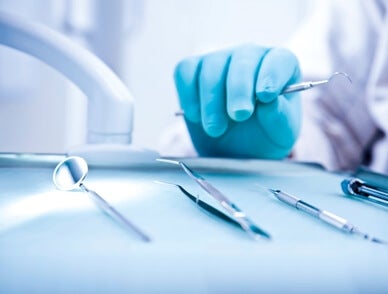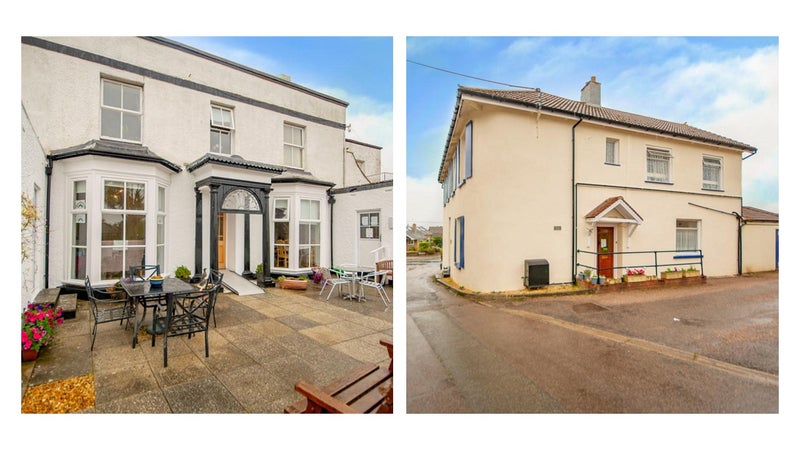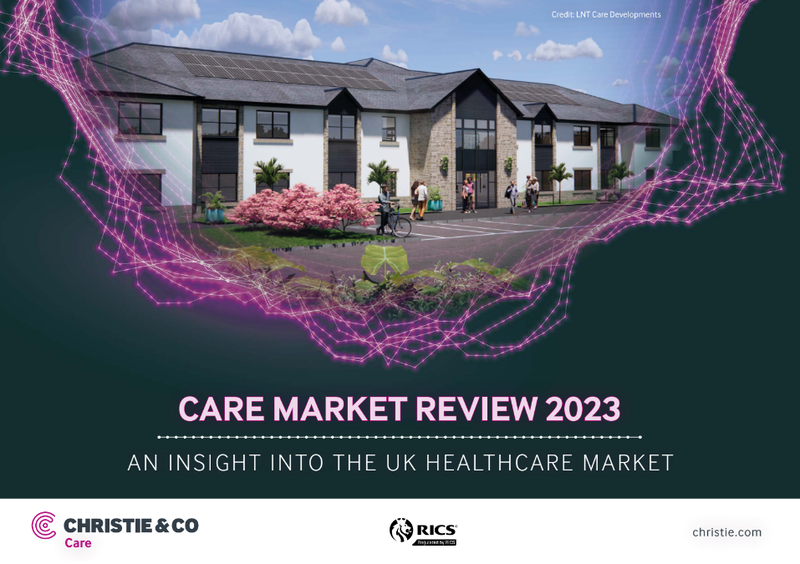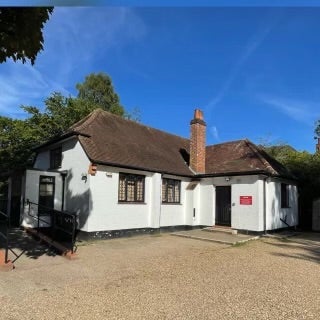The changing face of valuation
Simon Hughes, Managing Director - Medical, explains how the process of valuing dental practices has evolved.

Historically dental practices have been valued on multiples of turnover, or 'pence in the pound' as it's sometimes known. However, the market is becoming much more sophisticated and this is leading to a change in the methodology used by professional valuers.
The main change is that EBITDA ( which stands for earnings before interest, tax, depreciation and amortisation) is now the number which is multiplied to arrive at practice value. Essentially, this is the profit a practice makes before non-cash and non-operational costs are charged to the profit and loss account such as loan interest, one-off capital improvements and wages paid to family members who are non-core to the practice. This is also the method adopted by the banks when they consider lending to ensure the business can pay back the loan.
Professional valuers will not reduce or neglect to mention costs to artificially boost profit, or reduce UDAs or pay rates which could potentially damage the practice. Also, the business’ potential income for possible changes to the business or future plans cannot be included as this is not a reflection of its current performance and therefore value.
On top of its professional valuation, buyers will be looking at other aspects of the practice such as its history and reputation, CQC and HTM 01-05 compliance, UDA rate and NHS contract performance history (if relevant) and growth potential through reduction of ‘white space’ and introduction of new treatments and specialisms.
It is always a good idea to seek advice before considering a sale so you can prepare your practice for a valuation in the best way possible.



















